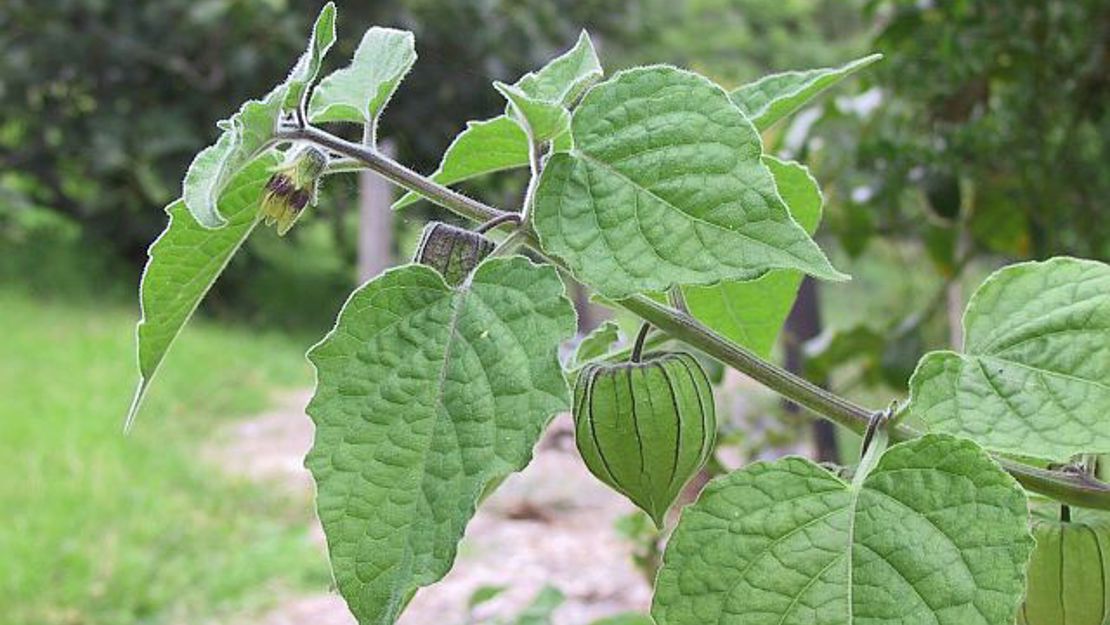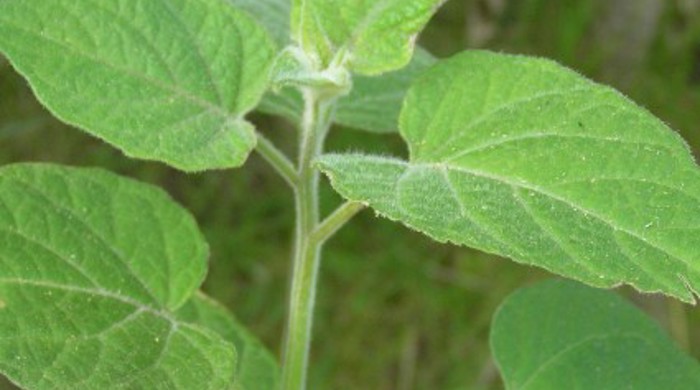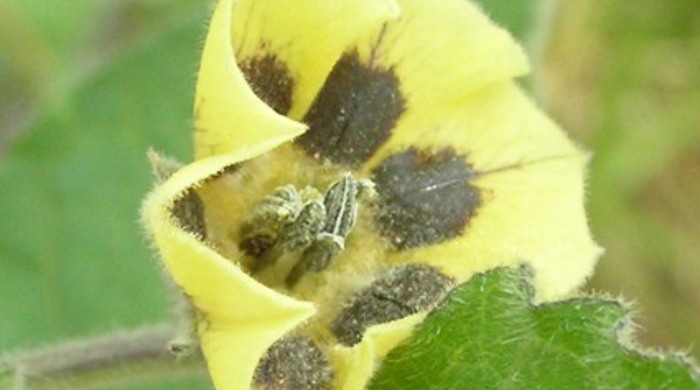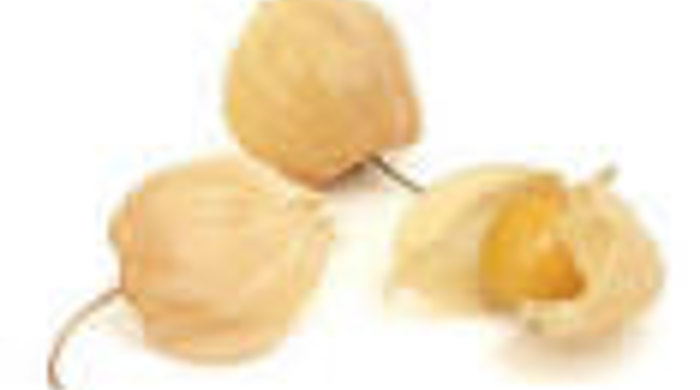Cape gooseberry
Also known as:
Ground cherry
Family: Solanaceae
Origin: South America

Regional Pest Management Plan (RPMP) status
- Not a legally declared pest
General description
Herbaceous, hairy shrub < 1.6 m tall. Leaves are dark green, hairy and heart-shaped. Flowers are small, yellow with a purple/brown centre and borne in December – January. Fruit is a small, round, yellow berry enclosed in a papery husk.
What you need to know
Although cape gooseberry is not a legally declared pest plant, it may still be invasive in some situations. Consider lower risk alternatives for your garden, such as native plants.
Habitats
Forests, forest and riparian margins, disturbed habitats, plantations, gardens.
Dispersal
Seeds dispersed by animals. Human-mediated dispersal through deliberate plantings.
Impact on environment
May dominate natural habitats, but no notable impact so far in New Zealand.
Control
Site Management
Follow up treated areas 3 times per year. Encourage natural regeneration of native plants or replant treated areas where possible after 2-3 treatments to establish dense ground cover and minimise reinvasion.
Recommended approaches
Physical control
Method: Dig out.
Plant parts requiring disposal: Seeds.
Disposal options: Compost in a composting weed bag or remove to greenwaste or landfill if practical.
Biocontrol
Biocontrol is currently not available for this species.
Community agrichemical control recommendations
No qualifications: Foliar spray with 100ml glyphosate green per 10L of water.
Certified Handler/Experienced agrichemical user: Foliar spray with 100ml glyphosate green per 10L of water and 10ml penetrant.
Caution: When using any herbicide or pesticide please read the label thoroughly to ensure that all instructions and safety requirements are followed.






